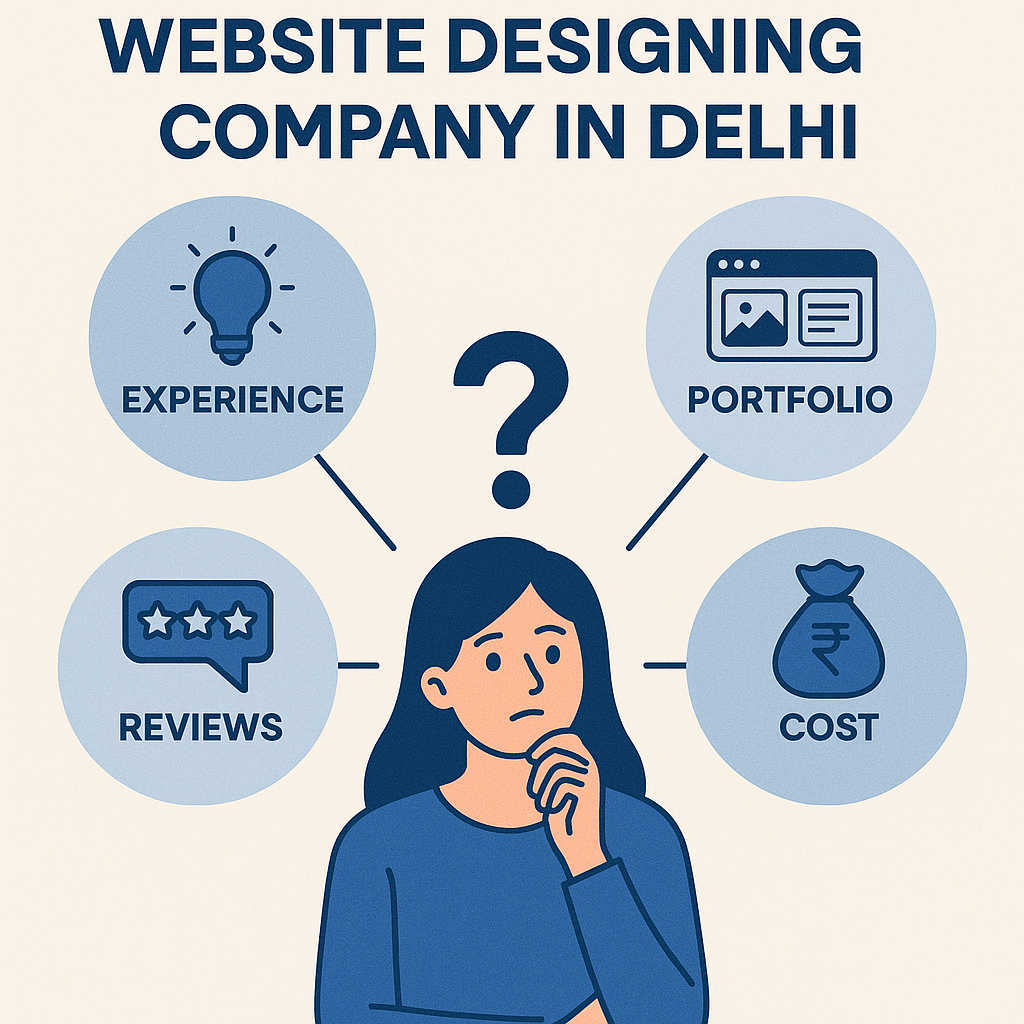Responsive Web Design

In Moment’s Digital World, One Size Does n’t Fit All
From smartphones to desktops and everything in between, moment’s druggies demand flawless gests across all bias. That’s where responsive web design comes in — and when paired with web player technology, it becomes a hustler for stoner engagement and hunt machine visibility.
In this post, we dive deep into how responsive design workshop, why it matters for Google rankings, and how to apply it using media queries, Bootstrap, and fluid images. Whether you are a inventor, business proprietor, or digital marketer, this companion is packed with practicable perceptivity.
What Is Responsive Web Design?
Responsive web design (RWD) is a development approach that makes web content acclimatize gracefully to different screen sizes. Rather than creating separate spots for mobile and desktop, responsive websites use a single codebase that adjusts layout, fountain sizes, images, and interactive features grounded on the stoner’s device.
Crucial Rudiments of a Responsive Design
To produce a high-performing responsive point, these core factors are essential:
-
Fluid Grids
-
Use relative units like probabilities rather of fixed pixels.
-
Ensures harmonious layout scaling across defenses.
-
-
Flexible Images (Fluid Images)
-
Automatically scale with screen size.
-
Use CSS like maximum-range 100 to avoid overflow and deformation.
-
-
Media Queries
-
Apply CSS rules conditionally grounded on screen size, resolution, and exposure.
-
Crucial syntax:
(maximum-range: 768px) {
body {
fountain-size: 14px;
}
}
-
Responsive Typography
-
Sources scale for readability across bias.
-
Combine em, rem, and viewport units (vw, vh).
-
-
Mobile-First Approach
-
Launch with a mobile layout and gauge up using media queries.
-
Improves performance and stoner experience on mobile.
-
How Media Queries Enhance Responsive Web Design
Media queries are the backbone of responsiveness. They allow you to apply CSS rules that conform your layout grounded on the stoner’s device characteristics, like screen range and resolution.
Why They Count
-
Adapt layout for mobile, tablet, and desktop seamlessly.
-
Minimize gratuitous content on lower defenses.
-
Ameliorate lading times by hiding or conforming heavy rudiments.
Example Media Query Use
(min-range: 1024px) {
videotape-player {
range: 80;
}
}
Benefits of Using Bootstrap for Responsive Websites
Bootstrap is a popular open-source frontal-end frame that simplifies responsive web development. It includes:
-
Pre-built responsive grid system
-
Mobile-first serviceability
-
Responsive navbars, buttons, and media objects
Advantages
-
Saves time with pre-designed factors.
-
Ensures design thickness across runners.
-
Easy integration with web players for streaming audio/videotape.
Stat: According to BuiltWith, over 19 million websites use Bootstrap in 2025.
Web Player Technology in Responsive Design
Ultramodern spots integrate web players (for videotape, audio, or interactive content) using fabrics like HTML5 videotape, MediaElement.js, or Plyr.
Responsive Web Players Stylish Practices
-
Use flexible holders (aspect-rate, extents) to maintain rates.
-
Cargo lower-resolution media for small defenses using srcset.
-
Lazy cargo videotape players to boost performance.
Perk Tip: Embed YouTube or Vimeo with responsive wrappers to maintain layout integrity.
How Google Ranks Responsive Websites
Google’s Mobile-First Indexing
Since 2019, Google generally uses the mobile interpretation of content for indexing and ranking. Responsive design ensures your point:
-
Loads presto on mobile (a key ranking factor)
-
Passes Core Web Vitals (e.g., LCP, FID, CLS)
-
Has harmonious metadata and structure across bias
Stat: Websites optimized for mobile see a 15% increase in organic rankings (Suppose with Google, 2024).
Interactive Roster: Is Your Point Truly Responsive?
Uses a mobile-first layout
Applies media queries for breakpoints
Tools fluid grids and images
Passes Google’s Mobile-Friendly Test
Integrates responsive web players
Loads in under 2.5 seconds on 4G
Conclusion: The Future Is Flexible
Responsive web design isn’t a trend — it’s a necessity. With adding device diversity and Google’s emphasis on mobile usability, your website’s responsiveness directly impacts SEO, stoner engagement, and conversion rates.
Brace it with smart web player integration, and you’re not just erecting a point — you’re delivering a flawless digital experience.
How To Choose The Best Website Designing Company In Delhi
The Best Website Designing Company in Delhi: How to Pick One? Your internet site is the logo of your logo in present day virtual age.. For any startup, s
Top 10 Website Design Trends In India For 2025
Introduction: Top 10 Trends to Watch in 2025 2025 is the year of website design trends in India. India's digital landscape is evolving fast—and so are website design
Web Design Company In Noida
In today’s fast-paced digital world, a well-designed website isn’t just a luxury — it’s a necessity. Businesses in Noida are stepping up their online presence, and the key to that success lies in working with a top web desi





